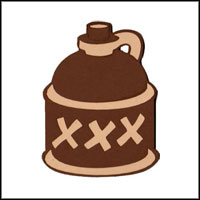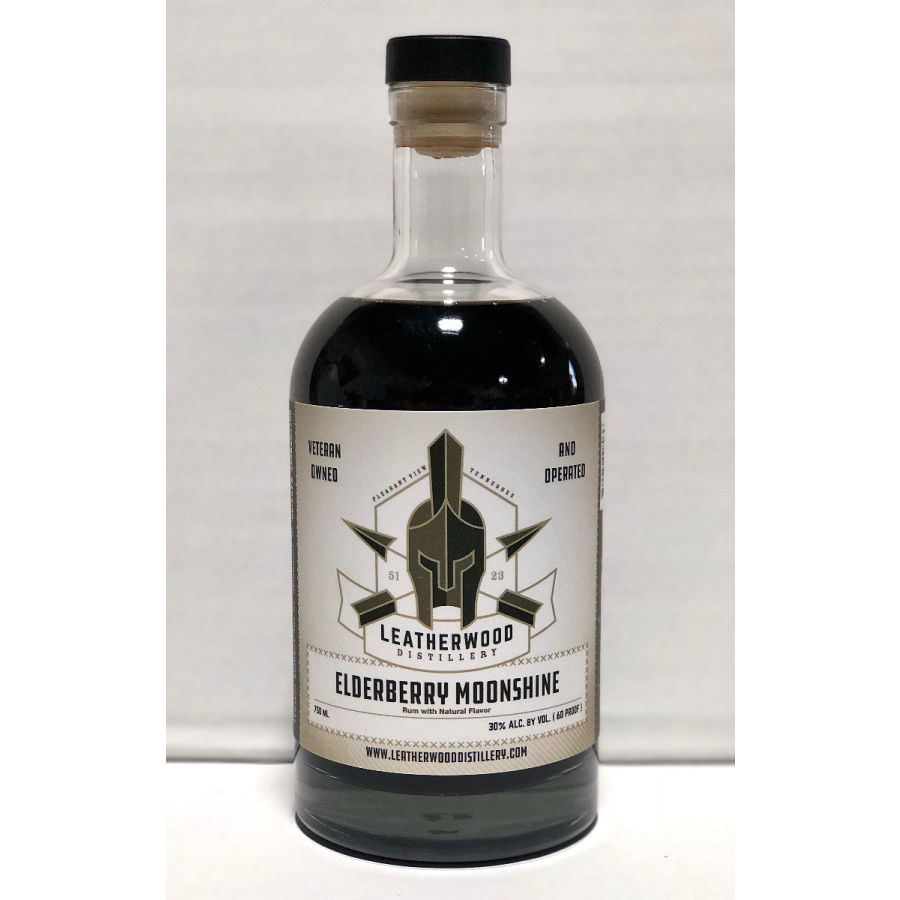Mention the word “moonshine” and images of a cartoon brown jug with a wooden cork and XXX written on the label come to mind. Or a man clad only in overalls and “summer teeth” (you know, some are here, some are there) stirring a vat of liquid in a bathtub, and filling glass jars with the stuff. I know, very clichè and mildly offensive.

While moonshine’s beginnings might involve batches being made in bathtubs, those days are long gone. I was able to sort of decipher its history from online articles and books from the library. I’m a busy lady, okay? And do you know what it’s like finding information online? It’s a dumpster fire. For instance, when I typed “moonshine” into my search engine crazy things popped up. “Is moonshine legal? Can moonshine make me blind? Can I use moonshine as lighter fluid?” Those last two concern me. Who is looking up this information?
But I digress. The moonshine process has been highly refined, and making a big comeback. Read on to find out what I learned about this potent, delicious spirit.
What Exactly is Moonshine?
Moonshine is defined as a homemade, unaged whiskey. It’s usually a clear color, corn-based sprit, and has a high alcohol content. Distillers claim it’s difficult to make because, unlike whiskey, it’s not aged and requires a correct blend of ingredients to produce a desirable taste. Most whiskeys are aged in oak barrels, which helps correct tasting notes and gives whiskey that distinctive oaky taste.
Moonshine began in England in the 18th or 19th century, depending on which sources you trust from the interwebs. The practice of making this illegal spirit quickly spread to the United States once prohibition began in 1920.
The next 13 years were filled with a rapid increase of home-brewers learning to make moonshine in homemade stills made from pots, radiators or anything that could hold the highly potent spirit, Most home-brewers would then use mason jars to bottle their moonshine. So my vision of the glass medicine jar wasn’t too far off.
Prohibition and Moonshine
When America went dry in 1920 the drinking never stopped. It just went underground. Moonshine exploded in popularity, and people took up making it in their homes or anywhere they could brew without being caught. The term “moonshine” is rumored to come from the fact that the strong spirit was made under the light of the moon to avoid being caught by the law.
Since there was no regulation around how alcohol was created during the 13 years of Prohibition, the strength and severity of moonshine varied. There was a risk of going blind, and “other mistakes, or the intentional addition of dangerous ingredients, causing the brewers to make poisonous moonshine, the consumption of which resulted in many deaths,” according to an article by Homebrew Magazine.
Moonshine Gets a Makeover
Prohibition ended in 1933, and America rejoiced by imbibing in alcoholic drinks once again. Moonshine shifted to the back burner, but it never left the drinking game. It’s steadily gaining popularity, and making its way back to mainstream bars and restaurants. Large and small, craft distillers are giving the libation a much needed update in taste and reputation. They’re adding fruit, spices and “secret ingredients” to create outstanding products. It still provides a kick that moonshine is known for, but with a tasty twist. And it’s all legal with no risk of blindness.

At Elevated, we carry three varieties of moonshine from our veteran-owned and operated company, Leatherwood Distillery. Head distiller, Andy Lang, has perfected his moonshine recipe using rum as the base. It’s a modern, gentler moonshine designed to be enjoyed alone or to enhance your drinks. His award-winning and best selling Elderberry moonshine is made with all natural fruit flavors. We also carry his delicious Georgia Peach and Apple Pie moonshine. They’re smooth, delicious and a welcome way to elevate your portfolio.
Interested in learning more about Leatherwood’s moonshine? Ready for a sample? Contact Elevated to schedule your tasting.
